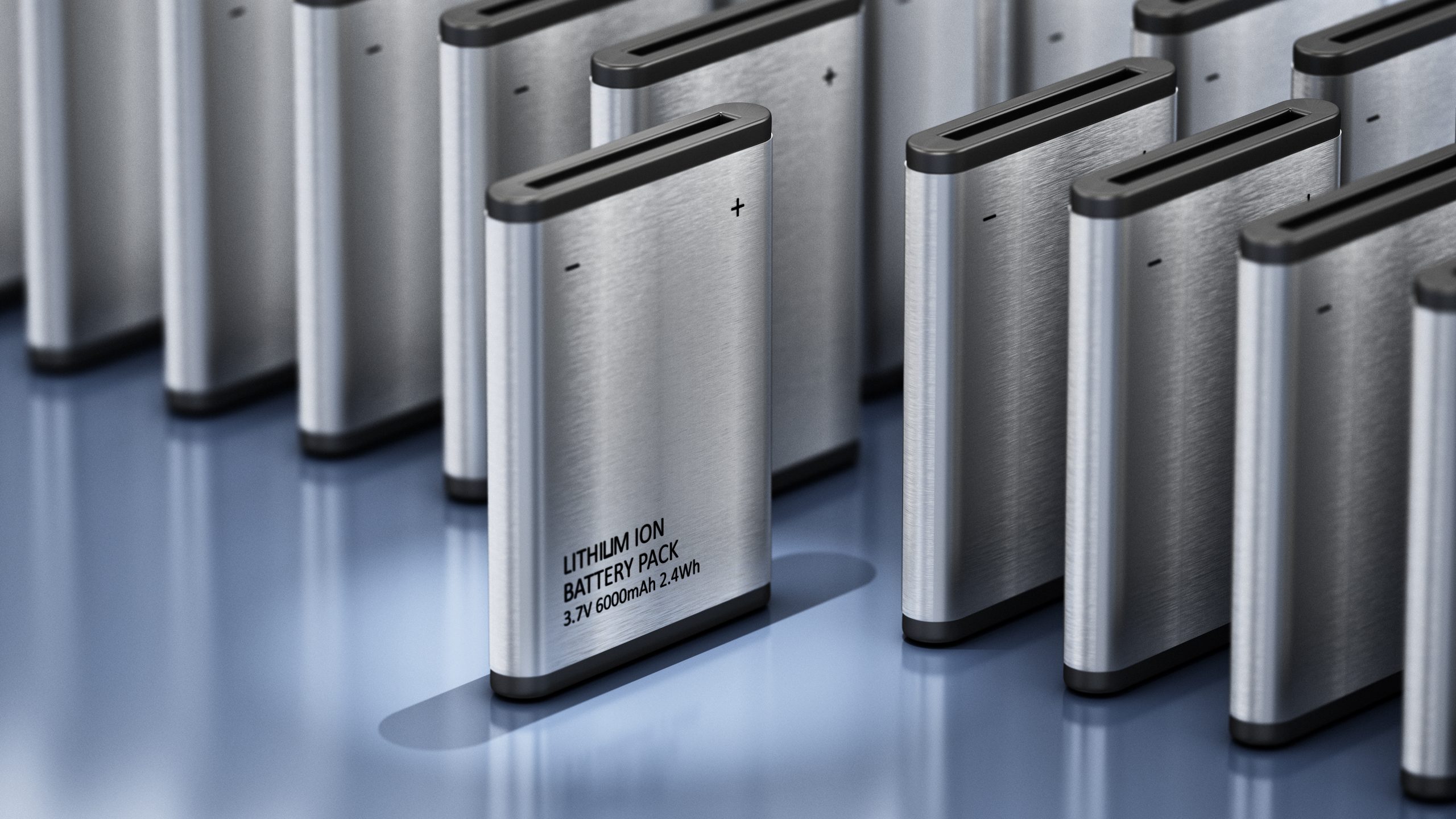



July 2, 2019



July 2, 2019 – Tania Herrea
For EVs to be sustainable and green, battery recycling is key.
But how does the recycling market do right now? Ajay Kochhar, CEO of Li-Cycle, said only a handful of companies are involved in the recovery of materials. Most of the companies in that business only recover cobalt while some just pass the batteries along and pay other companies to deal with the
problem.
BNamericas: What is the purpose of your company?
Kochhar: Li-Cycle was founded three years ago. At the time, demand for lithium-ion batteries and the critical energy metals that comprise these batteries were beginning to grow rapidly, and the pressing question we sought to answer was how to effectively recover the valuable metals from these batteries when they reach end of life.
The incumbent technology at the time typically processed lithium-ion batteries via high temperature i.e., pyrometallurgical processes (smelting). This technique is incapable of recovering lithium, and recovery rates [of other metals] are limited to approximately 40%.
Based on our initial analysis of the industry at the time, it became apparent that enormous amounts of resources were dedicated to produce lithium that never made it back into the supply chain. Since digging into it, there’s a whole set of issues around this. The first obstacle we encountered was the challenge associated with recovering critical metals from lithium-ion batteries themselves. But the bigger baseline issue was: lithium batteries are hazardous materials and must be handled, transported and stored according to specific regulations and guidelines in order to ensure the health and safety of all personnel involved in the process.
BNamericas: And where does the lithium you recover come from?
Kochhar: Currently, we’re getting approximately 75% of lithium-ion batteries from portable electronics such as cellphones, laptops, tablets, and 25% of them from high voltage, large format battery packs. High voltage battery applications include usage in electric vehicles (hybrid electric, plug-in hybrid electric, and full battery electric) as well as stationary energy storage units used in residential or grid-scale storage projects. Over the next 10 years, we expect that trend to flip and expect to receive a higher portion of our feed from large format batteries in response to global adoption of EVs.
BNamericas: How big is the market for the recycling of EV batteries?
Kochhar: The existing market for recycling lithium-ion EV batteries is very new. There are a handful of companies that operate on a regional basis but with very few options for a genuinely closed-loop resource recovery solution. Many OEMs are at a relatively early stage, continuing to examine the possibility of repurposing/reusing end-of-life battery packs.
BNamericas: How does the industry look right now?
Kochhar: With respect to xEV battery recycling, there are only a few companies that actually process lithium-ion batteries to recover critical materials including lithium, cobalt, etc. for a service fee. There are lots of companies that try to broker or dismantle batteries, however, these companies do not actually recycle the batteries to produce saleable end products.
An example, most large OEMs will utilize battery collection services that will take end-of-life batteries off their hands but don’t offer transparency as to how those batteries are dealt with after collection. Often, that battery may be passed along through many different consolidators before reaching an actual processor (and most of the processors will utilize high temperature processing that yields low recovery rates).
Read the full article on BNamericas
